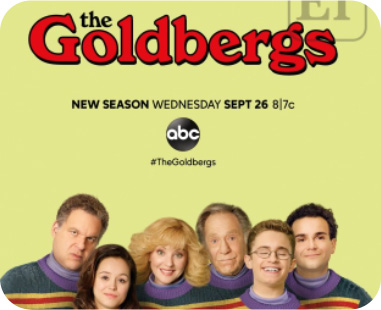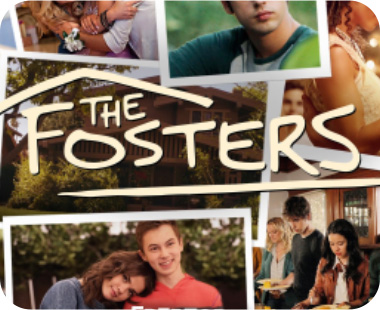Portfolio Needs in Philadelphia
The Modeling Portfolio is an invaluable tool, as this will help the model showcase their most captivating images. This portfolio should be stocked with one close up portrait and show off at least one full length body photo. The photos in the portfolio are either 8” x 10” or 8.5” x 11”.
Models should only have their best work featured in the portfolio as a bad photo will stick in the photographer’s memory. There should be a range of poses and expressions featured in your portfolio. Avoid wearing the same outfit or even general look for more than one photo.
For new models it is recommended that they feature 6 to 12 photos with a max of 20 in their portfolios. As they gain more experience it is recommended that they scale their portfolio down to the top five photos. A versatile portfolio has a casual headshot (top left), a stylized headshot (second photo down on the left, a body shot (third image down), a fashion shot (bottom image, may come from a runway event) and an editorial shot. Usually make-up artists, hair stylists and fashion designers are excited to work with up-and-coming models to help them create the best portfolio for their business. It is good to always keep your portfolio picture fresh and replace older photos. At least one image in the portfolio should be up to date and feature the model’s current look in Philadelphia.
In the beginning of your modeling career, looking at the images of those that came before you can help a lot. Keep a folder of files of photos from magazines or digital images. Take the poses from other high fashion models and just add your own distinctions to it. Even if it is just a different facial expression, that alone can make a pose more interesting and help you make it your own. Borrow poses from yoga or your favorite dance moves if you have any background in dancing. More often than not photographers are looking more at the models with a background in those areas. Yoga and dance help a model be more aware of their own body and can help them stay fit. Having a stock of images to reference will help you have new ideas rather than doing the same movements every time the camera shutter goes off.
Prepping for a Photoshoot in Philadelphia
Look for a “look” that fits you and your personality from different looks like: Natural (featuring hardly and makeup), Stylized (having a more edgy look), Glamourous, Business and many more types. This will portray you to the casting directors. Plan your outfits in a sequence and make sure to show the intended outfits to the photographer so they can anticipate the best lighting and color for backdrops. When changing up hair and make-up between each shot, start simple with a more natural look and build up from there. Adding make-up and hairstyles is a lot easier than taking those things away. It is good to start with your hair down to avoid creasing the hair.
While it is good to have some photos that are edgy and artistic, you want some photos that imitate your real life look as well.
Always check your appearance before your photoshoot in Philadelphia. It can take the smallest thing to ruin a wonderful photo, so it is necessary to check your appearance before the shoot, that way you are looking at your photos later and thinking “OMG, my nose is so shiny!” While there is photoshop to help correct some flaws, checking your appearance before a shoot can make a huge difference in the quality of your photos.
To help eliminate shininess in the t-zone of your face, apply a favorite lip gloss and light powder to reduce the sheen on your skin. Make sure to reduce fly away hair and frizziness by combing your hair. Examine your teeth before and ensure that there are no food particles. Make sure everything fits just right with your outfit and smooth it out to avoid wrinkles and creases.To help a newer model to expand their range of movement, expressions and poses it is good to compile a collection of poses that you can reference from other models.
Always be aware of where your lighting is in the studio or shooting location in Philadelphia. Typically, in an outdoor photoshoot, the light is the sun. Sometimes, the photographers will use extra reflectors and outdoor lights (if this is the case, they will direct you on where to face etc.). Beware of where the sun is and work to angle your body towards the light and face without creating a washed out look. If you find yourself squinting, then you may be in danger of being washed out. You can create a silhouette by keeping the sun behind you. When the light source is overhead be aware to stay in that light source to keep your body and face evenly lit up. If you tilt the head forward and to the side it can give a very dramatic look and accent the jawline on the model, elongating the neck. In the photo below, this pose was taken in the light, creating the shadow and definition you see in the photo. Natural lighting provides a different look than studio lighting. Studio lighting is dramatic and theatrical where outside light provides a more natural and soft feel. It is good to have a photographer do a combination of outdoor and studio shots for your portfolio to have more variety.










